In my UIViewController, I have:
- (void)viewWillAppear:(BOOL)animated {
[super viewWillAppear:animated];
[[UIApplication sharedApplication] setStatusBarHidden:YES withAnimation:UIStatusBarAnimationNone];
[self.view sizeToFit];
}
Yet the view looks like this:

I'm sure this code runs. I load the view from a xib. I haven't done anything else to the status bar like change its style. What could be wrong?
Even when I set `application.statusBarHidden = YES" in my app delegate, I see:



